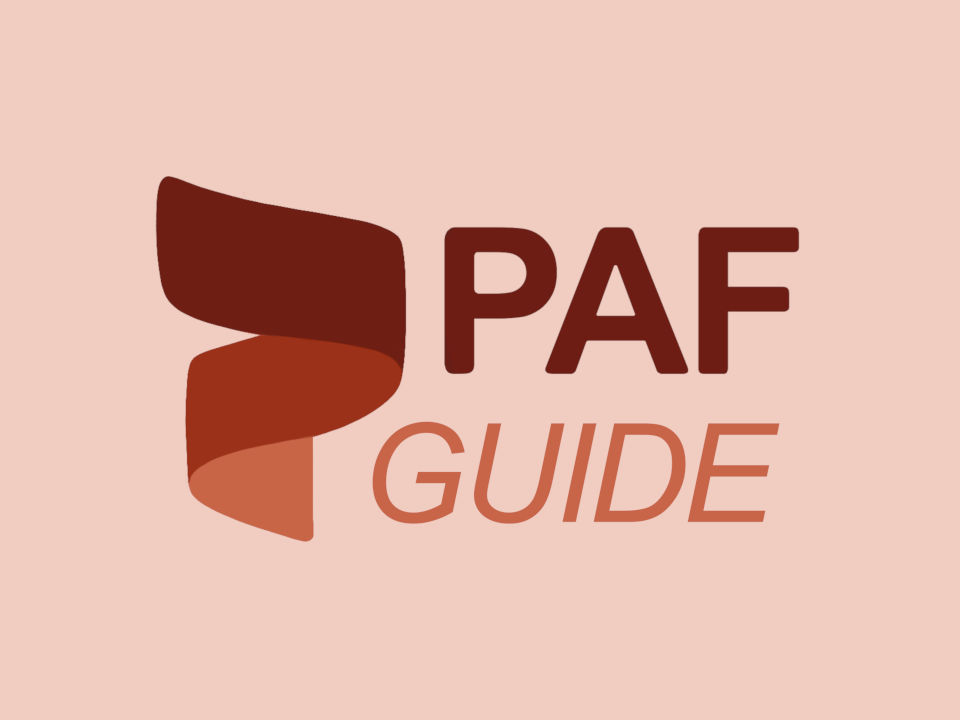Did you know Private and Public Ancillary Funds (PAFs & PuAFs) hold more than $11 billion in assets? Learn about how your charity can access these funds.
Read Part 1 here.
WHY ARE ANCILLARY FUNDS ESTABLISHED?
Ancillary Funds are established primarily to claim tax deductibility for donations made to organisations that have deductible gift recipient (DGR) status, i.e. charitable organisations in Australia. The establishment of an Ancillary Fund might also serve to involve the family in financial and philanthropic matters and create a legacy.
Ancillary Funds are easy and cost-effective to setup. The process takes up to 8 weeks as there are many approvals involved. Social Ventures Australia suggests setting up an Ancillary Fund with $500,000 minimum so that, with a good investment strategy, the earnings can meet and surpass the 4% and 5% yearly distributions required for PAFs and PuAFs. Money that is held in the Ancillary Fund cannot be withdrawn and the fund must distribute the required percentage of its assets every year.
ANCILLARY FUNDS DATABASE
PafGUIDE® is an online database containing more than 10 years’ worth of research. It is the only database of its kind and is an invaluable tool for organisations to identify and solicit funds. Each entry in the database details a Private or Public Ancillary Fund and includes the following information where available:
- Background Information
- Director Information
- Philanthropic Track Record
- Contact Details
- Capacity Indicators
AskRIGHT has a dedicated team of researchers who continually update the Ancillary Funds within PafGUIDE®, to ensure the information is up-to-date and relevant for subscribers.
HOW TO USE THE DATABASE
There are over 3,000 Ancillary Funds in PafGUIDE® and the best way to narrow down the entries is to make use of the filters. For example, if your organisation helps at risk young people you could select the categories of Health, Education, Welfare, and Youth.
If this search generates a lot of results, you could further narrow it down by selecting the location your organisation is based so you can invite the directors of Ancillary Funds in the same location to an event to showcase the great work that you do.
Other filters include Type (Public Ancillary Funds can receive donations from the public while Private Ancillary Funds cannot), Capacity (the size of the fund, which is based on annual revenue), and Date of Effect (the earlier the date of establishment, the more information the entry is likely to contain).
You can also use the free text search bar to find contacts from your own database that appear in The PAF Guide and use keywords for subcategories, e.g. if your organisation aims to support indigenous people, in addition to selecting the Indigenous category as a filter, you could use also use the search bar for terms such as “First Nations”, “Aboriginal”, “Elders”, “Rural”, “Regional”, etc.
The Favourite Funds, Saved Searches, Recently Added, and Recently Viewed tabs are helpful features for you to keep track of how you and your team use PafGUIDE®.
IDENTIFYING ANCILLARY FUNDS THAT SUPPORT YOU
By looking at the Philanthropic Track Record of a fund’s entry, you will be able to see which organisations the fund supports or has supported and, where available, the gift amount and year. If your organisation or similar organisations appear in this list, this is a good indication that the fund might increase their gift or start giving to your organisation. Refer to the framework for rating Ancillary Funds here.
Its all about the people! Find funds with Directors that you or your colleagues know and reach out to them. If you don’t know anyone directly, read more about the Directors in the entries to discover commonalities, memberships, education, hobbies, and so on. Developing relationships before soliciting gifts is crucial.
You must tailor your communications for each Ancillary Fund you contact. Develop a strategy and plan for soliciting gifts from Ancillary Funds that suits your organisation. Find what works for you and ancillary funds can become an important stream of income for your important work in Australian communities.

